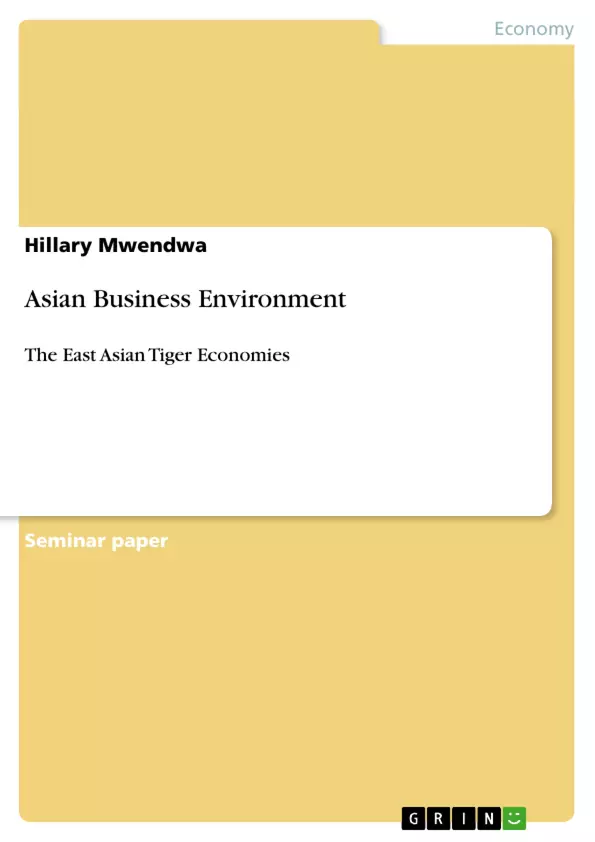The East Asian Tiger economies never really recovered from the Asian Financial Meltdown of 1997. And the changes in their economic policies and their domestic economic structures mean they never really will.”
The financial crisis in East Asia is not unique from the standpoint of a region facing an economic downturn; there have literally been hundreds of economic disturbances and recessions in the last few decades. However, what is inimitable in this crisis is the region’s consistent history of high investment and savings rates, its reputation for strong growth, and fiscal stability; nations with such strengths typically do not experience economic downturns of the magnitude of the East Asian crisis. The financial crisis in the Asian-Pacific region was as much about macroeconomic and regulatory fundamentals as it was a crisis of the neo-liberal economic philosophy utilized to assist with the transition of emerging economies. Market liberalization policies had long been supported by the U.S. Treasury, World Bank, and the International Monetary Fund (IMF). Such policies were a means of not only liberalizing previously controlled emerging economies, but were also implemented to allow greater access of Western business interests to such lucrative new markets. The crisis highlighted the disastrous consequences of capital account liberalization in emerging market economies lacking the macroeconomic, regulatory, and financial infrastructures to manage such monumental changes.
Inhaltsverzeichnis (Table of Contents)
- The East Asian Tiger Economies
- Introduction
- Discussion
Zielsetzung und Themenschwerpunkte (Objectives and Key Themes)
This text analyzes the impact of capital account liberalization on the East Asian Tiger economies, particularly in the context of the 1997 Asian Financial Crisis. It investigates the merits and risks associated with capital liberalization, examining both its potential benefits and the challenges it poses for emerging economies.
- The role of capital account liberalization in the East Asian Financial Crisis
- The potential benefits and risks of capital account liberalization
- The effectiveness and impact of capital controls in managing economic crises
- The role of macroeconomic policies and regulatory infrastructure in managing capital flows
- The implications of the IMF's role in crisis management
Zusammenfassung der Kapitel (Chapter Summaries)
The text begins by introducing the East Asian Tiger economies and the context of the 1997 Asian Financial Crisis. It highlights the region's strong economic performance and the unexpected severity of the crisis, attributing it to the liberalization of capital accounts and the inadequate infrastructure for managing such changes.
The discussion chapter delves deeper into the debate surrounding capital account liberalization, examining its potential benefits and risks. The author argues that while capital liberalization can lead to greater market efficiency and economic growth, it also exposes economies to increased vulnerabilities like market asymmetries, currency volatility, and moral hazards. The text explores how these risks can manifest in economic contractions, particularly when capital flows reverse abruptly.
Schlüsselwörter (Keywords)
This text focuses on the East Asian Tiger economies, capital account liberalization, the Asian Financial Crisis, economic vulnerability, market asymmetries, currency volatility, moral hazards, capital controls, macroeconomic policies, regulatory infrastructure, and the role of the IMF in crisis management.
- Quote paper
- Hillary Mwendwa (Author), 2011, Asian Business Environment, Munich, GRIN Verlag, https://www.grin.com/document/269361



